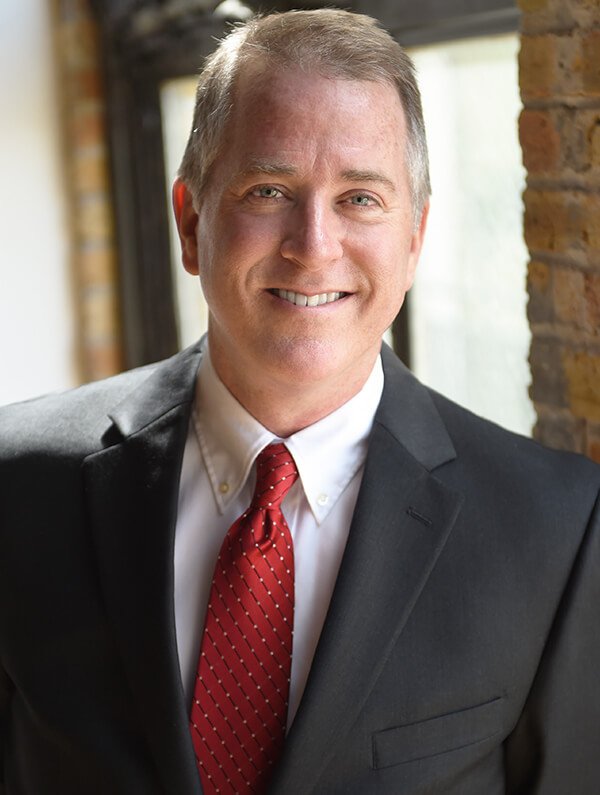
By Dave Malone, President
We were once called in to direct an urgent capital campaign by a faith-based organization whose roof was failing. Rainwater was pouring in, causing serious and expensive cosmetic and structural damage. They needed $6 million. Time was of the essence.
In planning their campaign, one of our first priorities was recruiting a team of volunteer leaders who would use their connections and influence to help the organization raise money. Ideal leadership candidates care about the organization, are faithful donors themselves and have connections to other potential donors.
We quickly identified two candidates in the community who met this profile, developed our recruitment strategy and asked them to serve in the important role of Campaign Co-Chairs. They hesitated. Although they cared about the organization and agreed the leaking roof was a serious problem, they were busy, the urgent timeline seemed daunting and they just weren’t sure this was the project for them.
At that point, we mentioned that we were scheduled to meet with the sitting governor of Wisconsin at the time, and his wife, to ask them to serve as Honorary Campaign Chairs. Suddenly they were excited and energized by that possibility and told us to come back if the Governor and his wife agreed. They did. We spoke again to the co-chair candidates and with our prestigious Honorary Co-Chairs in place, they quickly agreed. We then promptly filled the ranks of our campaign cabinet with additional volunteer fundraisers and the campaign went on to be a big success.
When you build a leadership team for your campaign, carefully consider your sequence. Getting the right people in place at the top can make subsequent recruitments easier, help you attract the best candidates possible and create a cascading momentum as you build your campaign cabinet.

